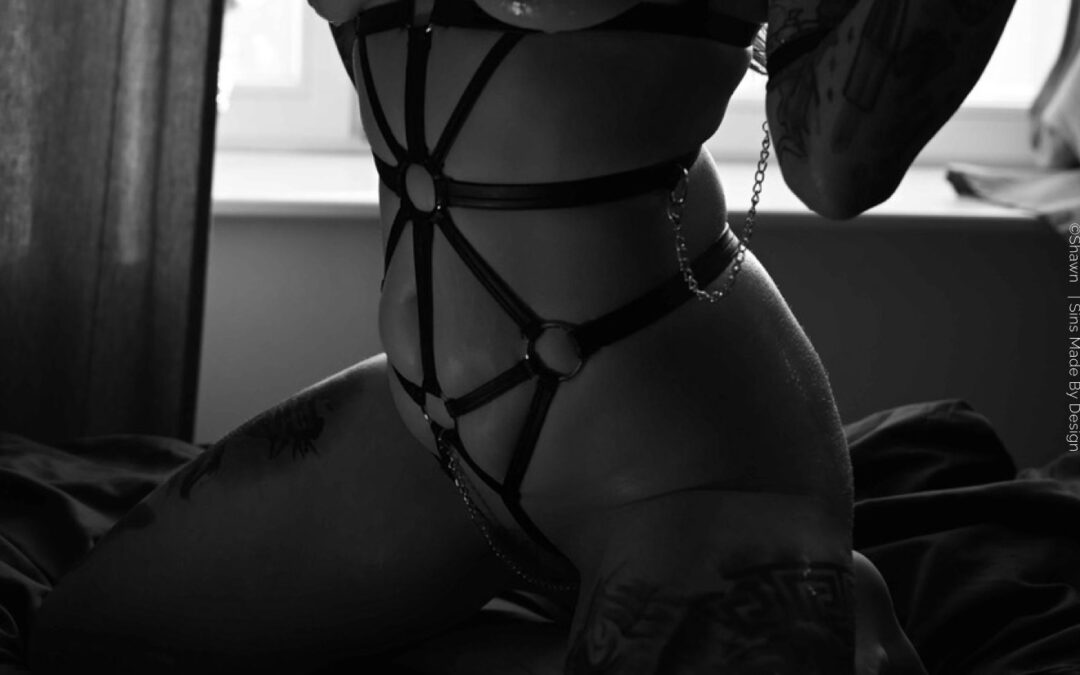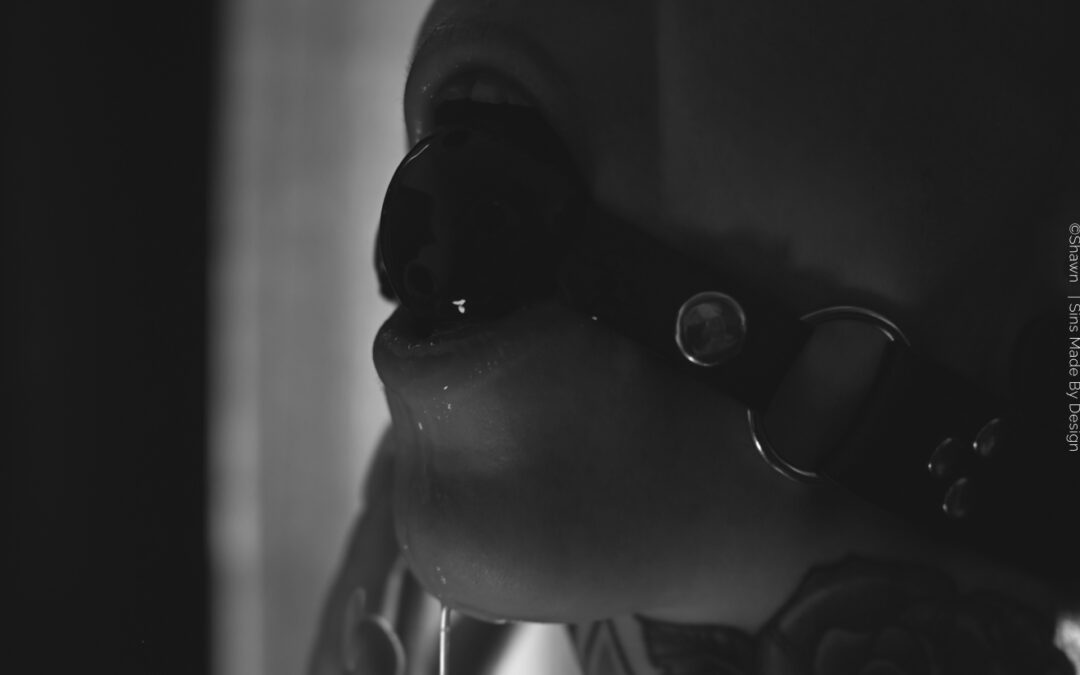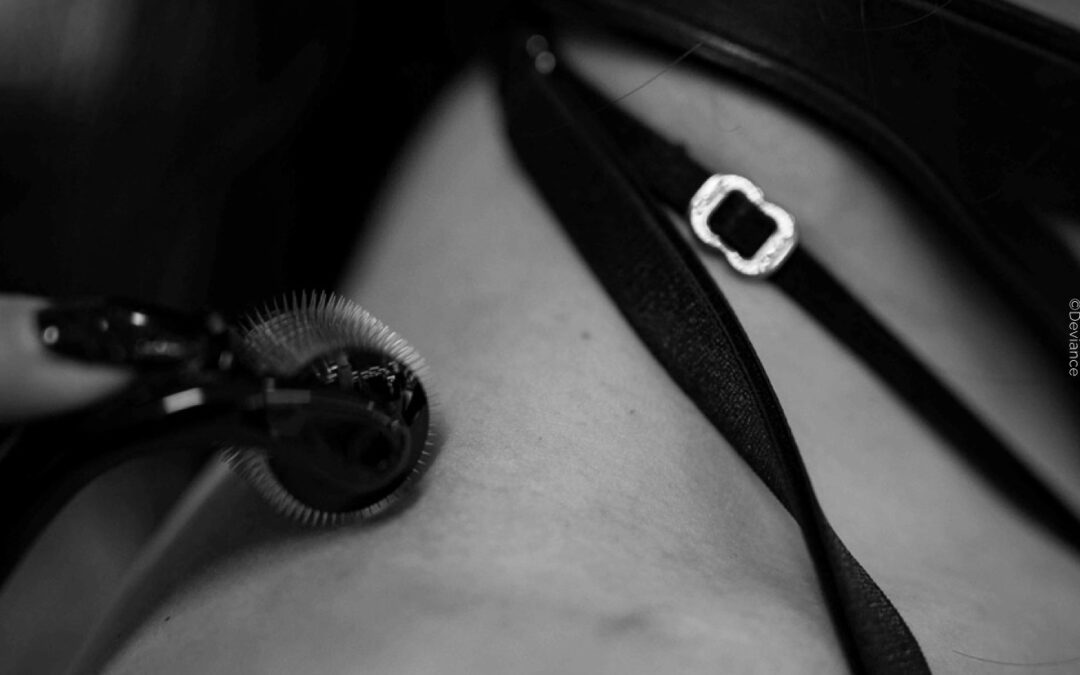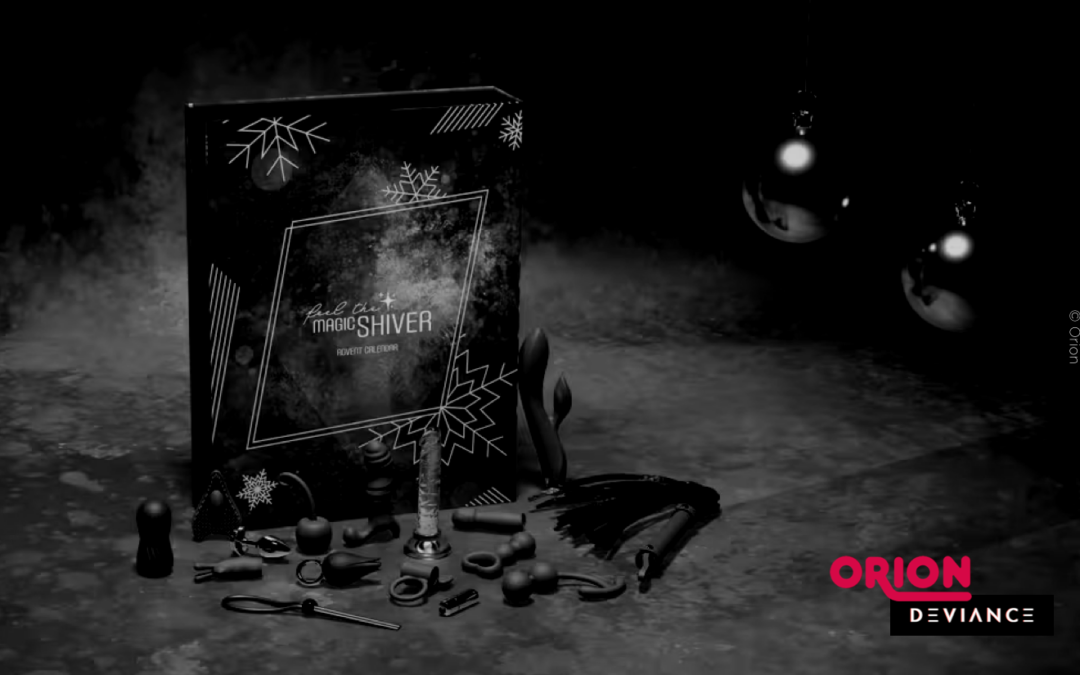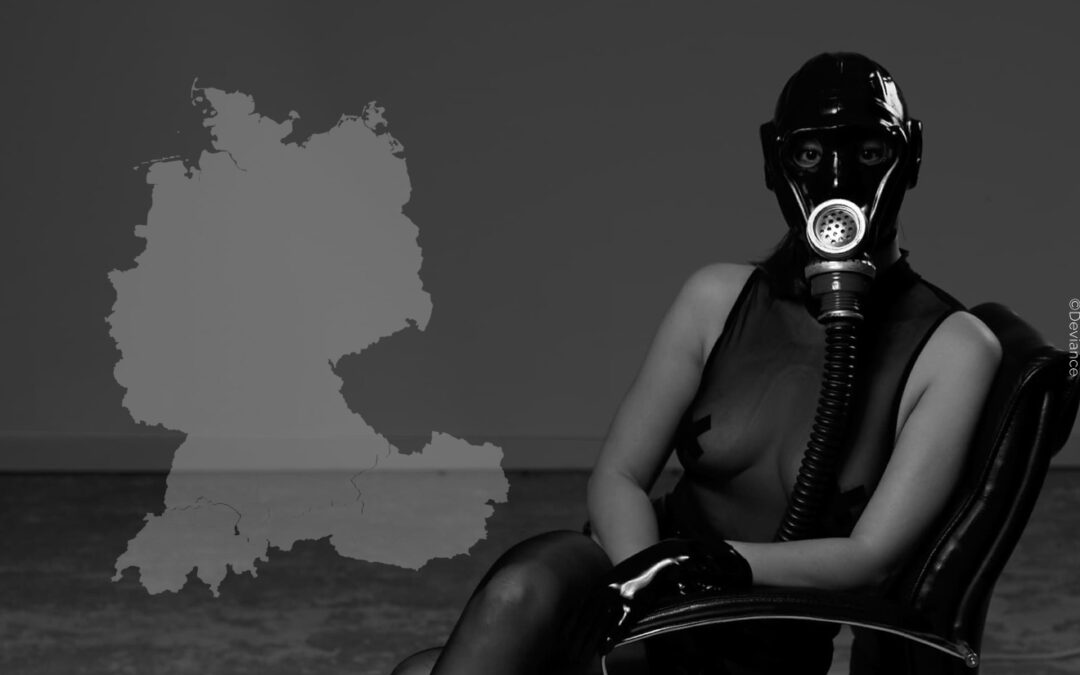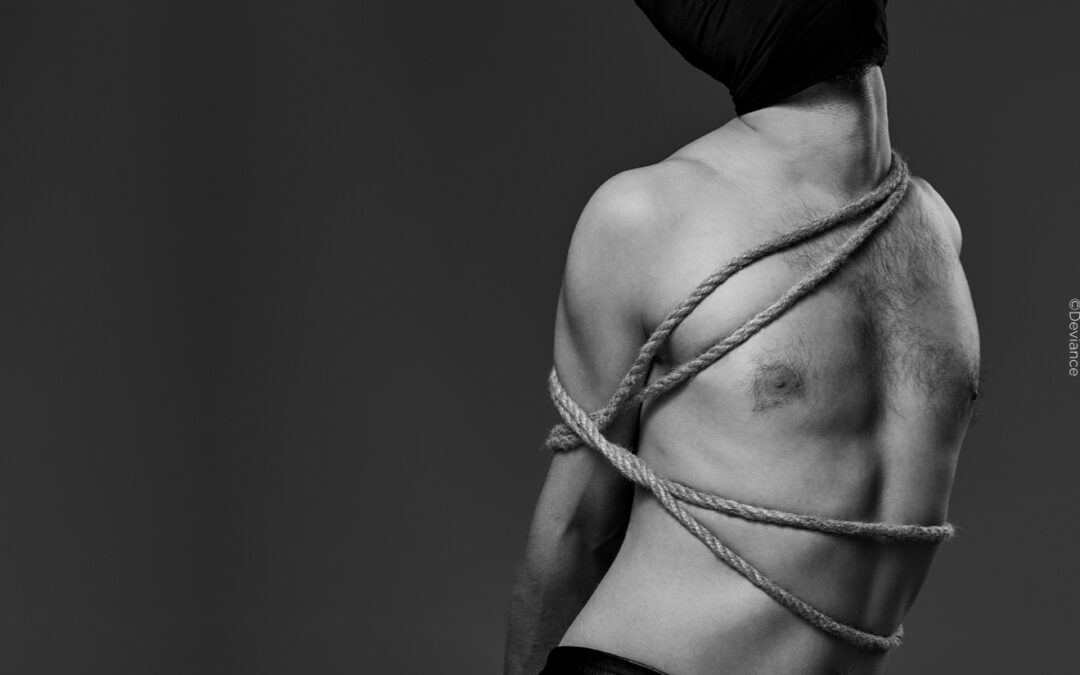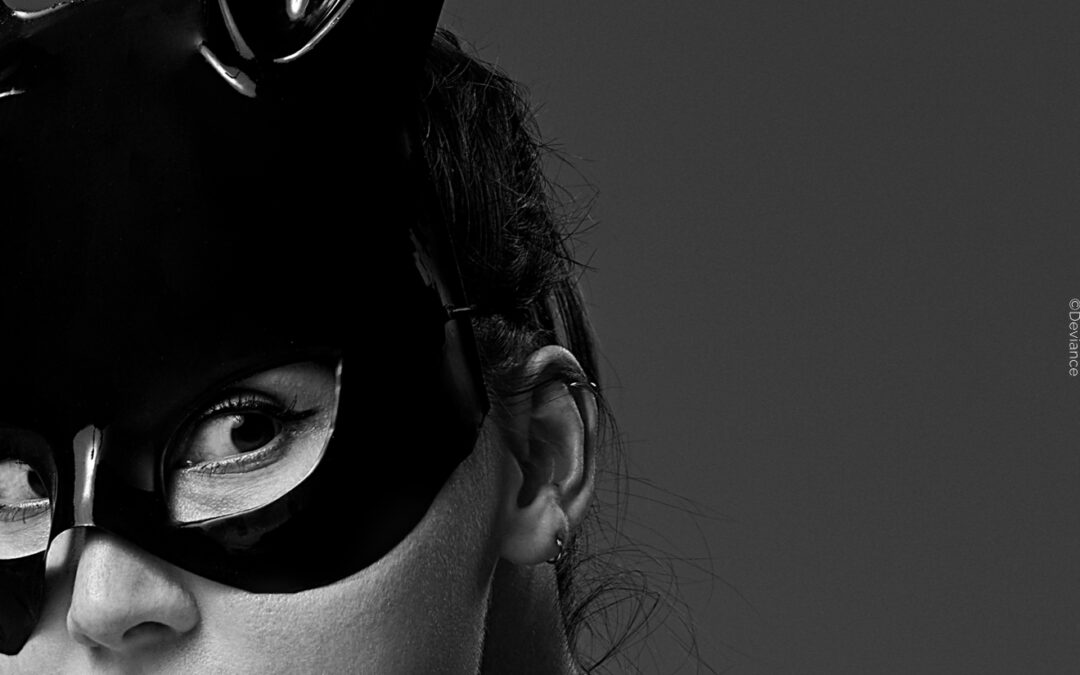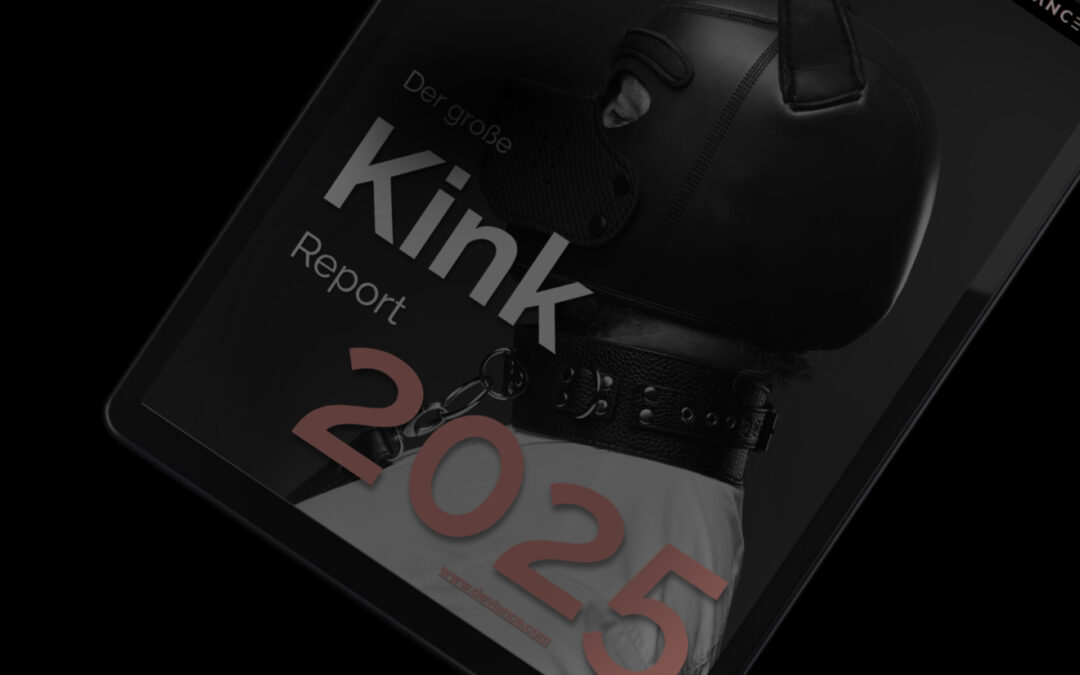What does knife play mean?
Knife play literally refers to any form of play with knives in a BDSM context. Because it’s literally playing on the edge of a knife, it’s classified as “edge play,” a term for activities associated with danger and fear. It’s also referred to as “fear play.”
Even if the word “knife” is included, knife play does not necessarily have to involve a knife. This term covers all kinds of play, from interacting with blunt blades and impact play, i.e. hitting with them, to cutting, i.e. stabbing and slicing the skin, to cutting up clothing and even removing wax with a blade. There are many possible uses for knives in BDSM. If there is intentional bleeding, knife play goes hand in hand with blood play.
What is the appeal of knife play?
Knives are dangerous, they are a sign of power, danger and threat. They trigger fear, one of the strongest human emotions. Fear can be felt both physically and psychologically and this is precisely where the appeal lies for many. Then there is the human vulnerability. Everyone has cut themselves at some point and knows about the sharp, pulling pain. When the body is waiting for this, uncertain when, whether and how sharp it will be, you build up an expectation coupled with fear.
The fantasy behind Knife Play is also appealing, as a sharp object gives a dominant person a great deal of power. The possibility of inflicting permanent injury is a clear trigger for fear, adrenaline and a fascinating mix of emotions for many people.
The other big factor is the various physical sensations that can be evoked with a knife. Some things work even without an actual knife. A blade can be pressed against the skin without cutting, you can scrape with the tip, scrape off wax, apply pressure and then pull it over the skin. If you then play with the temperature, various objects and sensory deprivation, for example by restricting vision, hearing and movement, this game can be infinitely intensified. Especially if the submissive person cannot see whether, how deeply or with what the sensations on the skin are caused, this creates an additional form of mind play.
What do you need for knife play and how do you handle it?
“That’s not a knife, that’s a knife”
Crocodile Dundee
When you read Knife Play and Fear Play, the first thing you probably think of is a big knife. However, before you dare to use a real blade on a person’s skin, you should work your way up slowly. As Knife Play is almost always about perception and feelings, the look is usually only important at first, as the effect plays a greater role afterwards. This can be created with virtually any hard edge.
Before you reach for a giant hunting knife, first take a credit card and use the sharp plastic edges to find out whether your opponent enjoys the feeling. If you put them in the freezer beforehand, the cold plastic will almost feel like metal – at least if you can’t see it.
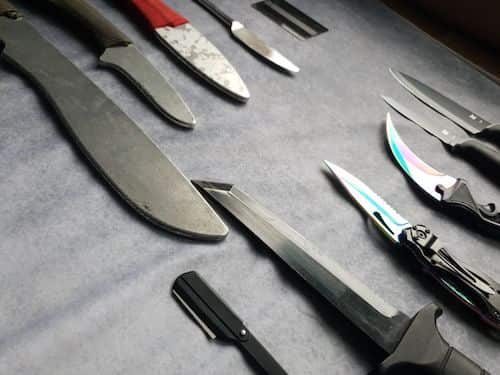
© KatKristall
Once you have established that you enjoy the feeling and know which thicknesses and areas feel good, you can take a butter knife as the next step. Again, start with the reverse side first, because even a “blunt” butter knife can cause injuries with a lot of pressure. Especially if it has a serrated cutting edge. This can scratch the skin, which is not necessarily the sensation you want to create with a knife.
In addition to a butter knife, a martial arts training knife made of aluminum or rubber is a good alternative. They look like real knives, which means that you can also play with the look and feel. As the blades are not sharp, no cuts can occur. Nevertheless, almost all techniques are possible with this medium. An angled palette can also be a good option for the first steps.
Choosing the right knife
Finding the right “real” knife is a matter of taste. Many people naturally find the impressive outdoor hunting knives visually appealing. A knife that is as long as your forearm is naturally more frightening than the colorful WMF kitchen knife. But if the latter feels better in the hand, then go ahead and try it. Knives have different effects due to their different shapes, grinds and handling. It is also important to handle the weight of a knife safely. In addition to fixed blades, folding knives are also an option, whereby care must be taken to ensure that the mechanism is securely fixed.
If the fear of cuts or superficial marks is not the only concern, a medical scalpel is often used, as these are specially made for cutting skin and are packaged in sterile packaging. Razors or razor blades are also very popular with fans of this type of game. However, especially for these more violent types, known as bloodplay or cuttings, you should inform yourself thoroughly beforehand and take appropriate safety measures.
What to bear in mind with knife play
As with all forms of edge play, you should have a long discussion about your limits and boundaries beforehand. Transparency about taking medication, trauma and anxiety, as well as ticklishness, is particularly important. If you go over a ticklish spot with the knife and the bottom twitches, you may accidentally injure him or her. However, it can help to restrain or tie him or her up.
Aftercare is particularly essential for types of fearplay that include knife play. As with rape play, for example, it is important to slowly establish closeness, make it clear that the fear was just a game and treat any injuries. It is best to have a concrete plan ready for this. During the session, you should also have a phone to hand so that you can call the emergency services if the worst comes to the worst.
As a rule, shallow, straight cuts are made that are no deeper than half a centimeter. However, correct instruction is essential, as there are also areas that must not be cut under any circumstances.
How does it work safely?
With Knife Play, it is very important to train yourself beforehand through tutorials, workshops and together with and on your bottom. You should also be aware of the zones that should not be used or should only be used with blunt blades. The big no-go zones are the face, neck, genital area, inside of the forearms, back of the knees and Achilles tendons. However, arteries also run through the chest and thighs, which must not be injured. Basic anatomical knowledge is therefore a prerequisite before venturing into knife or even blood play.
The equipment used for such sessions should be sterile. This means that putting it in the dishwasher once is not enough. Salt water and boiling with hot water are a good way to sterilize, but you should still rub the skin and blade with a suitable disinfectant immediately before use.
For aftercare, plasters, cold packs, gauze and cloths should be available to treat the skin. A wound cream can also help any marks to fade and heal more quickly. Be sure to let the bottom see the marks before bandaging so that he or she can realize that no damage has been done and that he or she is now safe.

